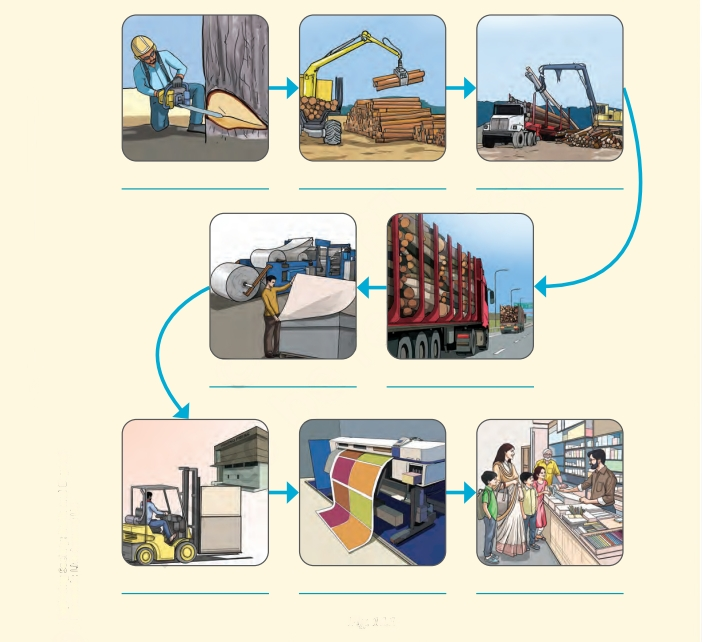NCERT Solutions for Class 6 Social Science Chapter 14: Economic Activities Around Us - FREE PDF Download
FAQs on NCERT Solutions for Class 6 Social Science Chapter 14 Economic Activities Around Us
1. What is the main focus of Chapter 14: Economic Activities Around Us?
The chapter focuses on different types of economic activities and explains the roles of the primary, secondary, and tertiary sectors in the economy.
2. How do NCERT Solutions help with understanding economic activities?
NCERT Solutions provides detailed explanations of each sector, helping students easily understand how people engage in different economic activities.
3. What are the three sectors of economic activities?
The three sectors of economic activities are:
Primary Sector (e.g., farming, fishing)
Secondary Sector (e.g., manufacturing)
Tertiary Sector (e.g., services like transport, banking)
4. How do NCERT Solutions for Class 6 Social Science Chapter 14 assist in exam preparation?
By offering clear and detailed answers to textbook questions, the solutions help students revise thoroughly and prepare confidently for exams.
5. Are the NCERT Solutions for Class 6 Social Science Chapter 14 aligned with the latest CBSE syllabus?
Yes, the NCERT Solutions are based on the latest CBSE syllabus, ensuring students are well-prepared with relevant and accurate content.
6. Can students use NCERT Solutions for Class 6 Social Science Chapter 14 for quick revision?
Yes, the solutions are structured in a concise and easy-to-follow format, making them ideal for quick revision before exams.
7. How does Chapter 14 explain the interdependence between the sectors?
The chapter explains how the primary, secondary, and tertiary sectors rely on each other to function smoothly and contribute to economic growth.
8. What types of questions are included in the NCERT Solutions for Class 6 Social Science Chapter 14 for this chapter?
The solutions include short answers, long answers, and explanation-based questions to cover all aspects of economic activities.
9. Where can students download the NCERT Solutions for Chapter 14?
Students can download the FREE PDF of NCERT Solutions for Class 6 Social Science Chapter 14 from Vedantu’s website.
10. How do NCERT Solutions for Class 6 Social Science Chapter 14 help in understanding the importance of each sector?
The solutions explain the role and significance of each economic sector, helping students understand how they contribute to society and the economy.

























